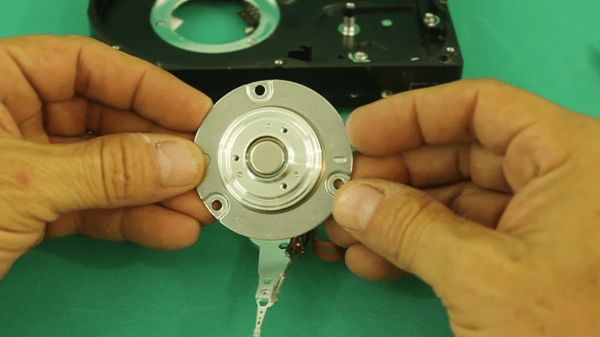Where do you travel every day? Are there any subtle ploys to manipulate your behavior? Would you recognize them or are they just part of the location? Social engineering sometimes gets a bad rap (or is it rep?) in the mainstream, but the public-facing edge of that sword can keep order as it does in Japanese train stations. They employ a whirlwind of psychological methods to make the stations run like clockwork.
The scope of strategies ranges from the diabolical placement of speakers emitting high-frequency tones to discourage youthful loitering to the considerate installation of blue lights to deter suicides. Not every tactic is as enlightened as suicide prevention, sometimes, just changing the grating departure buzzer to a unique tune for each station goes a long way to relieving anxiety. Who wants to stand next to an anxious traveler who is just getting more and more sweaty? Listen below the break to hear what Tokyo subway tunes sound like.
Maybe you can spot some of these tricks where you live or something similar can ease your own commute. Perhaps the nearest subway has a piano for stairs or a 3D printing cyborg.
















